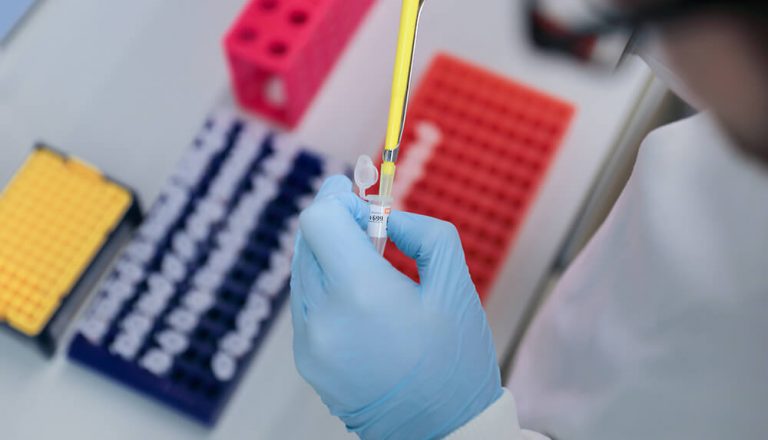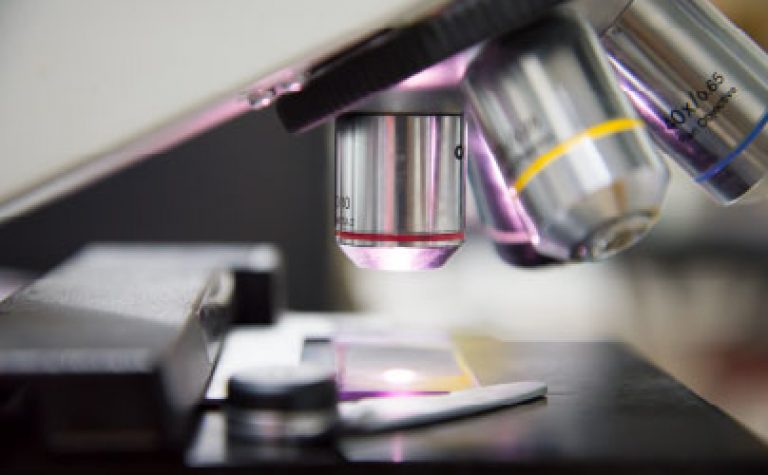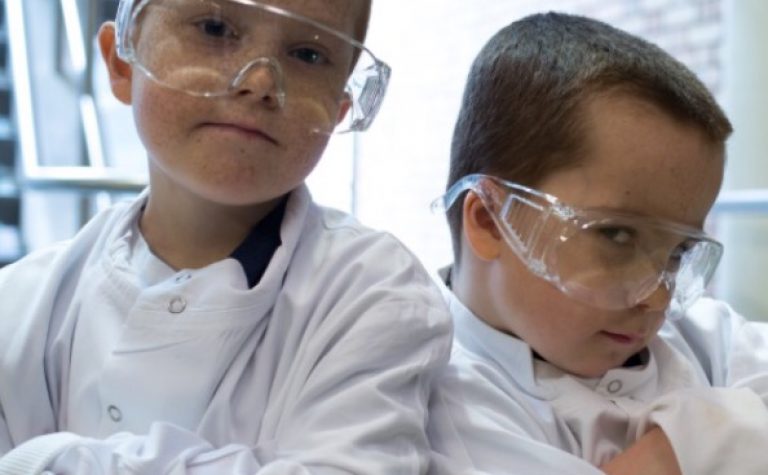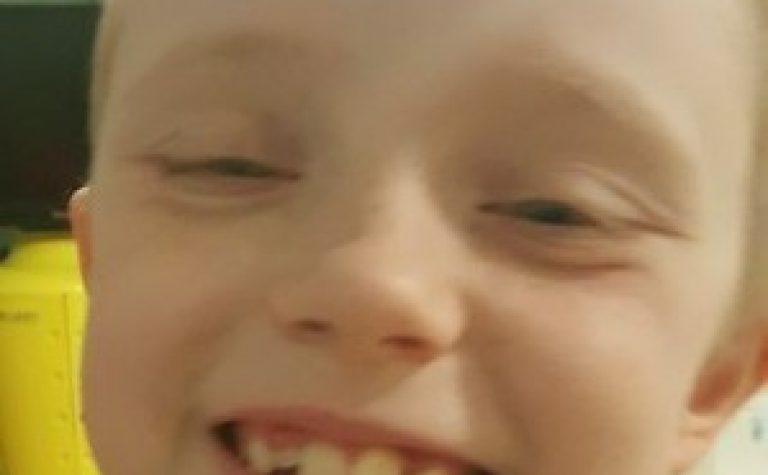Neuroblastoma is one of the most common solid tumours affecting children, and remains very difficult to treat. Several studies have already used Next Generation Sequencing (NGS) to examine somatic alterations (the changes in DNA which can happen in the body’s cells which can cause cancer) to try to identify what causes neuroblastoma to form.
NGS has given scientists some amazing insights into some aspects of how these tumours start and develop, but there is still a lot to learn before we can find effective ways to treat them.
By studying bilateral neuroblastoma, we aim to reconstruct the life history of each tumour, by comparing tumour mutations, to help us understand them better.
Thank you for your support
This research project on bilateral neuroblastoma has been successfully completed. Your donations allow us to fund ground-breaking research that can improve treatments given to children with cancer. Thank you. Your help allows us to continue to find ways to drive up the chances of survival for children with cancer and reduce the toxic side effects that can affect the rest of their lives.




